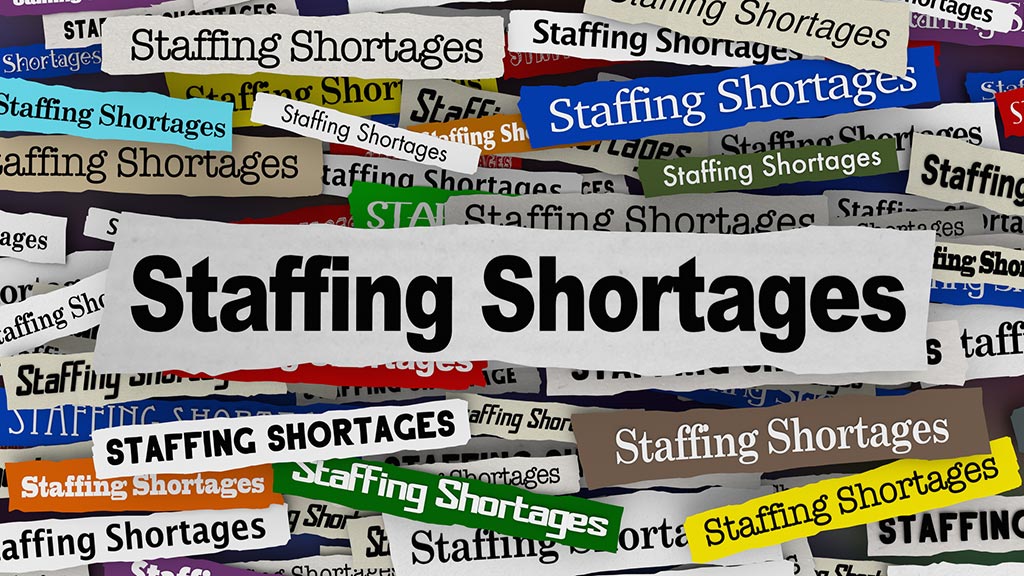When a patient comes in for an eye exam, you know immediately which exams and evaluations to do to assess the patient’s eye health. When it comes to your practice, how confident are you at assessing the health of your ophthalmology practice?
Well, in business, we have our own set of “exams and evaluations” to test the health of a business. These are commonly known as KPIs or key performance indicators, and these are what we will be looking at today. Just as there are many different eye tests, there are many possible KPIs and you will need to determine the right ones to assess your practice’s health, but here are a few to get you started.
Revenue growth
Perhaps the most obvious indicator is annual revenue growth or how much more you are earning every year. Experts indicate that the demand for eye care increases by around 5% annually, so to keep up, your practice’s revenue should also be growing at around the same rate. To calculate your revenue growth, compare your practice’s revenue in the past year to the year before. A healthy practice should have at least a 4% growth rate.
Patient visits
Another indicator that you are probably already aware of is the number of patients visiting your practice. You can track this annually or monthly, though monthly tracking can give you quicker insights so you can make changes as needed. Ideally, you should be tracking 3 things:
- Number of total patient visits – How many patients has your practice seen this month or year? Compare this to other thriving practices in your area or national averages and see how your practice holds up.
- Number of new patient visits – What percentage of patients were new patients? Experts note that most practices lose about 11% of patients annually so you should be seeing at least this percentage of new patients to keep up.
- Number of no shows – What percentage of your daily appointments are no shows? Around 5% is considered normal, but if your rate is higher than this, you may want to consider more reminders, no show fees, or double booking in certain seasons.
Operating expense ratio
Finally, your practice cannot thrive if you are spending more operating the business than you are receiving in revenue. To determine the health of your practice, divide your operating expenses by your net collections. The result for a healthy practice should be between 50-70%.







